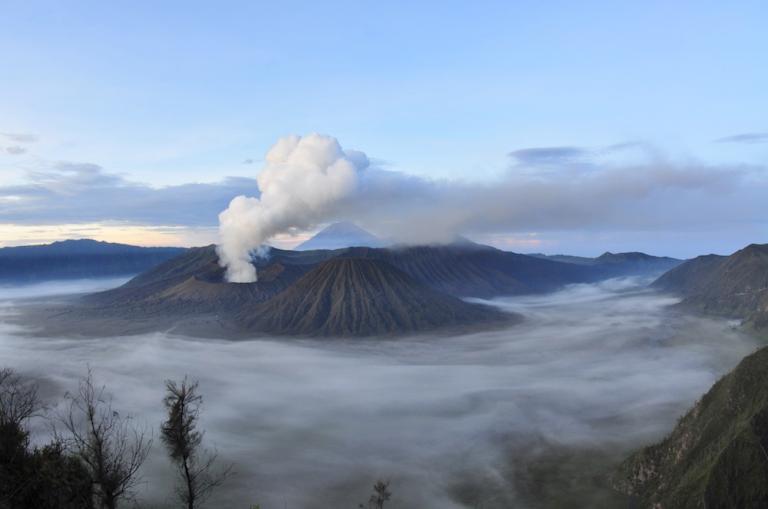Peak Oil is the concept that new discoveries of commercially exploitable oil resources do not keep pace with growing demand. By extrapolating the data, you can estimate when we will run out of it for all practical purposes. There are a lot of disagreements about whether we have reached Peak Oil or when the downhill slope will hit a point that brings a significant percentage of our vehicles to a grinding halt, but the concept has made scientists and policy makers ask the question – – what other critical resources may be peaking?
Asia Pulp & Paper Company, one of the world’s largest, announced last month that it will no longer use wood from natural forests for any of its $4b per year worth of products. Why? Because APP’s customers realized we are running out of natural forests from which to harvest lumber and have demanded suppliers to develop sustainable sources. The Walt Disney Company, Mattel, and Harper Collins are among many corporations setting sustainability standards for things like paper and packaging, so you could say that Mickey Mouse, Barbie, and J.R.R. Tolkien persuaded the paper giant to make such a bold move.
Water is another resource that may not be as mobile as wood or oil, but which has certainly reached its peak in many places. Last year, a report from the U.S. Office of National Intelligence predicted increasing global conflicts by 2030 as demand for water surpasses sustainable supplies by 40%. Nearly a billion people lack safe, sustainable water supplies already and, according to the UN and the OECD, almost half of the world’s population will live in areas of serious “water stress” by 2030.
Former Secretary of State Hilary Clinton confirmed these findings on “peak water” saying, “These threats are real and they do raise serious national security concerns.” And just where might Peak Water create such threats first? A 2011 report from the U.S. Senate’s Committee on Foreign Relations may have an answer in its title: “Avoiding Water Wars: Water Scarcity and Central Asia’s Growing Importance for Stability in Afghanistan and Pakistan.” Considering the price in human lives and taxpayer dollars for “peace” in that region already, we might want to help Afghans make water more plentiful even as our military tries to make things like guns and ammunition more scarce.
Another essential commodity that may soon hit its peak is food. Last year, more than half of the world’s seafood was farmed instead of wild caught, because we have long passed “Peak Fish” in the ocean. This was the last global food product where humans were mostly hunter-gatherers and we have now industrialized its production, however our fish farming methods are crude compared to the ways we grow row crops, grains, and other forms of protein, meaning that shortages and higher prices for many seafood items are already resulting from certain species peaking. In another example, the conversion of corn to ethanol has been well documented for several years as a contributor to shortages and price spikes for that staple in many parts of the globe.
These peak trends have motivated retailers like Walmart, Tesco, and Target to set standards for suppliers around sustainable sourcing, because executives I have spoken with are concerned their shelves will one day be empty or prices will exceed their customers’ budgets, which in turn impacts corporate bottom lines. Make no mistake, peak anything is a warning signal that smart consumers will increasingly use to make more sustainable choices and to plan for a resource-constrained future. And that should peak the interest of any business person or politician.



